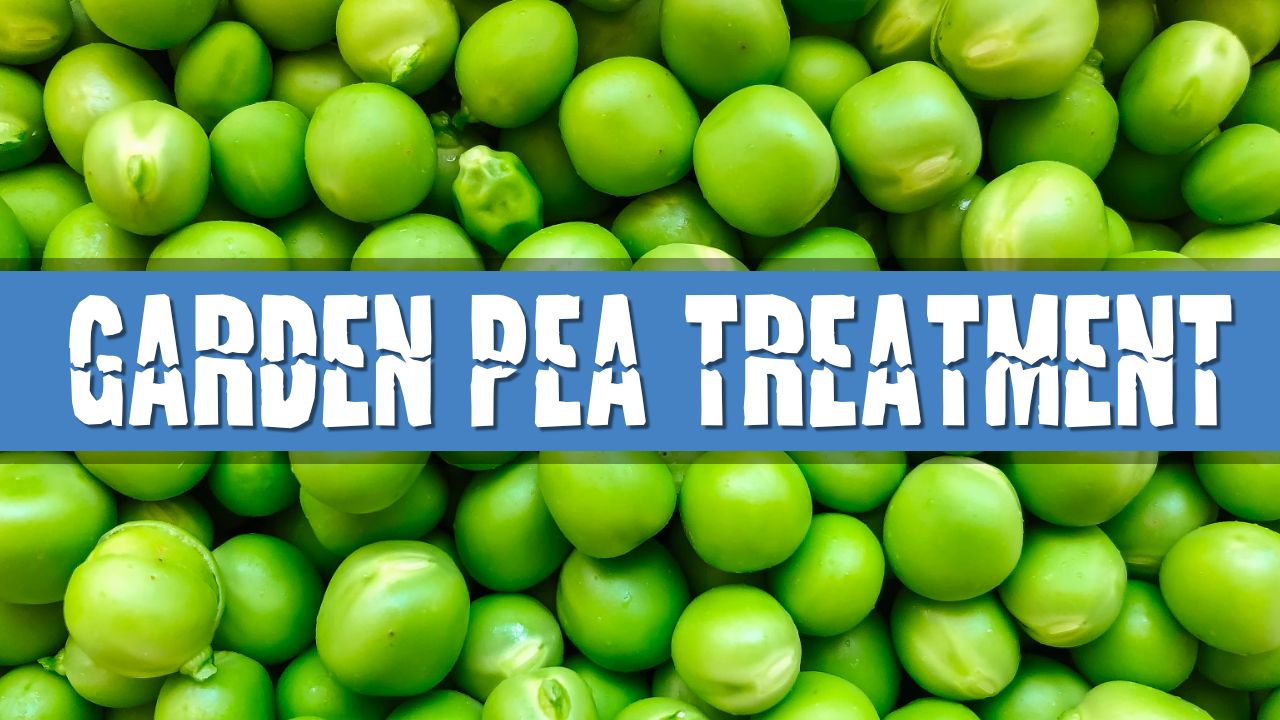Using Garden Peas as a Treatment for Swim Bladder Disease in Aquarium Fish
Absolutely! Garden Peas are a great natural method to treat swim bladder disease if you're in a pickle - however the fish suffering will need to eat the peas before they will work.

Swim bladder disease can be a common ailment for your pet fish, causing significant discomfort and distress. When your fish show signs of bloating or are floating either upside down or on their sides, it might be a symptom of this condition. But, can something as simple as a garden pea help treat it?
Understanding Swim Bladder Disease
Before we get into the cure, it's vital to understand the ailment. Swim bladder disease, contrary to its name, is not a disease but a symptom of an underlying issue affecting the fish's swim bladder—a gas-filled sac that aids buoyancy.
Some causes of swim bladder problems can be overfeeding, constipation, water quality issues, or even an improperly shaped fish tank. If your fish tank is not the right shape, it can cause the fish to swim in awkward positions, leading to swim bladder issues. That's why choosing the best shape for your fish tank is paramount.
Treating Swim Bladder Disease with Peas
One of the more prevalent remedies for swim bladder disease is feeding peas to your fish. Yes, those simple, green garden peas can act as an effective solution!
Here's how you can use peas to treat swim bladder issues:
- Choose fresh peas, frozen ones will also work if fresh are unavailable.
- Blanch the peas until they're soft.
- Allow them to cool.
- Remove the shell and split the pea into bite-sized portions for your fish.
- Feed your fish a pea instead of regular fish food for a couple of days.
The dietary fibers in peas help alleviate constipation, which is often a significant cause of swim bladder issues. However, it's crucial to remember that while peas can help with symptoms, they might not necessarily tackle the root cause.
Proper Fish Tank Management is Key
While peas can help with symptoms, proper aquarium management can prevent swim bladder disease altogether. For instance, regular water changes in your aquarium can keep the water quality high and prevent many common fish diseases. Not sure about how often you should change your water? Check out our guide on how often you should perform a water change.
Similarly, proper feeding practices can prevent overfeeding—a common cause of swim bladder issues. For instance, it's essential to understand why your fish may not be eating and adjust their feeding schedule accordingly.
In Conclusion
Swim bladder disease can be distressing for your pet fish. However, simple solutions such as feeding your fish garden peas can alleviate symptoms and provide relief. Nonetheless, it's equally essential to focus on preventing such problems with good aquarium practices like regular water changes and appropriate feeding habits. And if symptoms persist, do not hesitate to seek help from a fish care professional.

